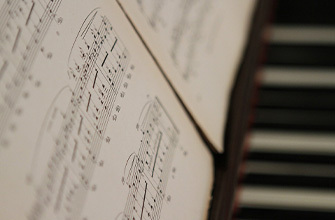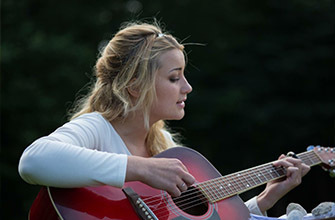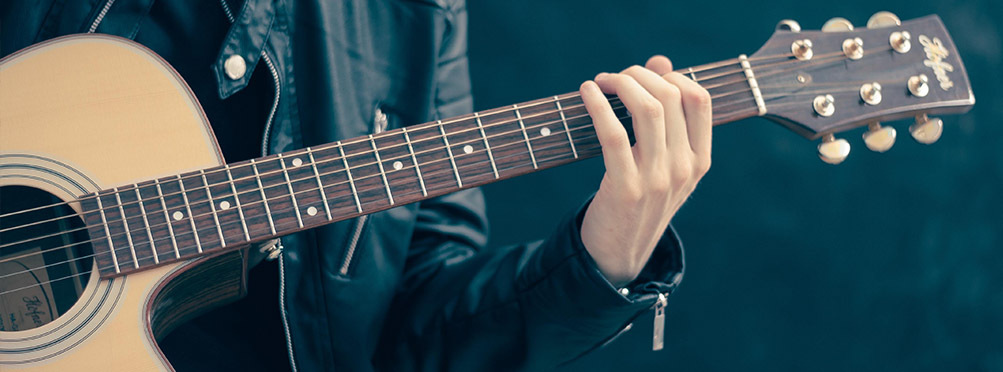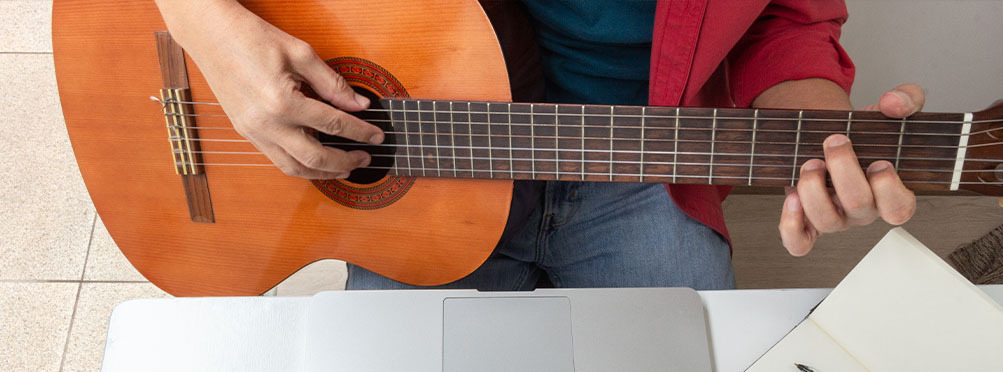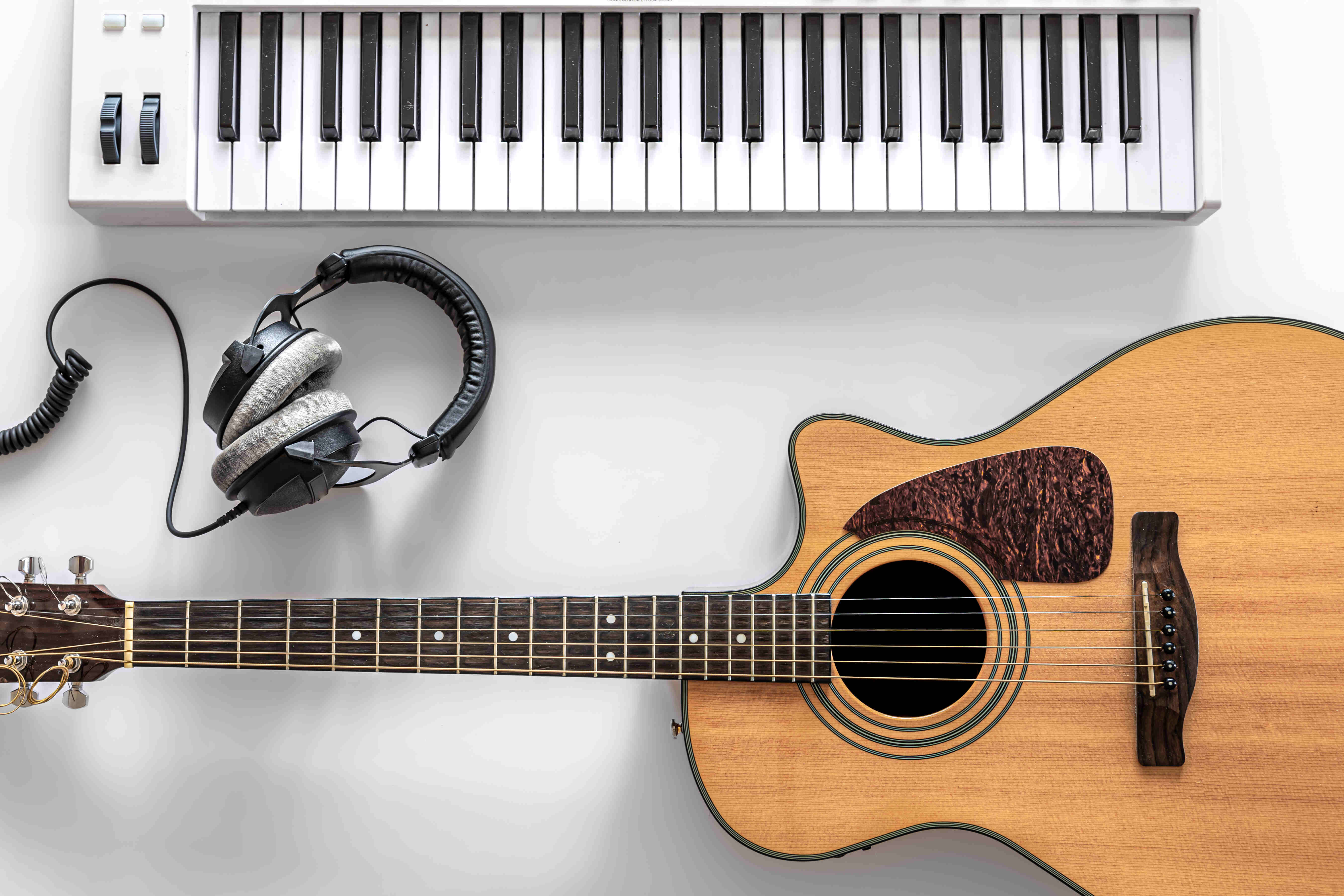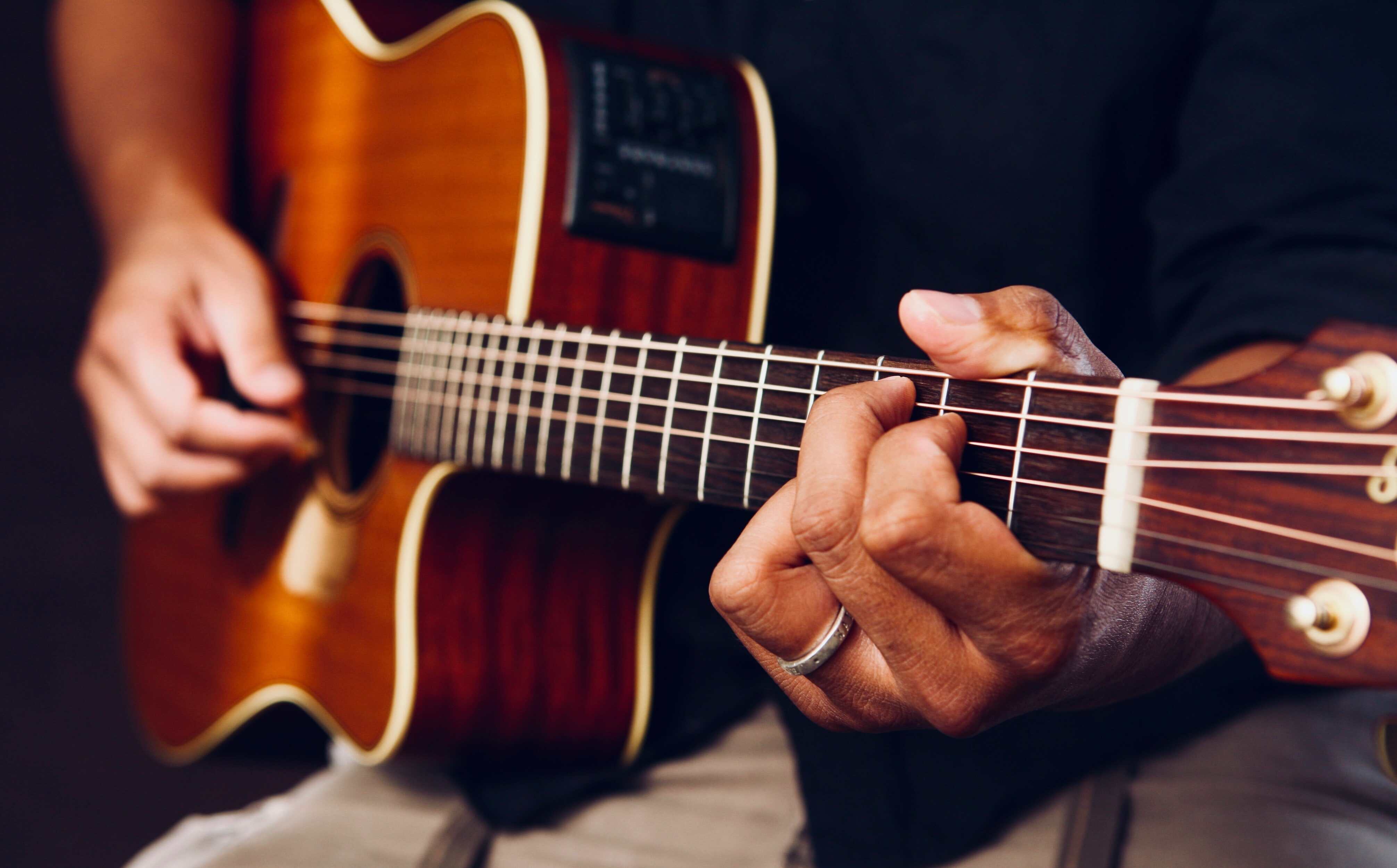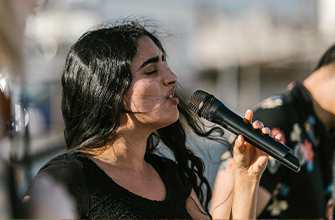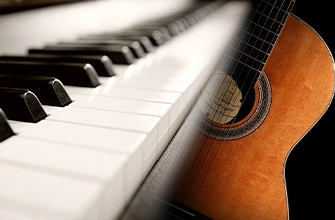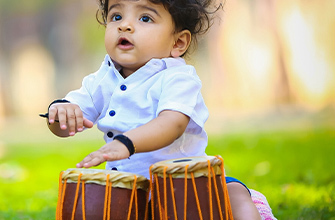Aditi is getting married to Taran, a nice, sweet guy that Avi could never be. The venue is glammed up, the place bustling with the sound of guests. The scene is reminiscent of a typical Indian marriage–-and then, there is Bunny (Aditi’s close friend) springing up from the table dancing and singing!
“…Paan mein pudina dekha, naak ka nagina dekha….” and so it goes. (Scene from Yeh Jawaani Hai Deewani)
Music has been playing a prominent role in Indian culture for centuries. It reflects a diverse range of melodies and ragas, different styles of music depicting the Indian way of life, and so much more. And why not? It’s one perfect way of showcasing Indian tradition and culture.
Bollywood movies, starting from Raja Harishchandra, and Alam Ara to Yeh Jawaani Hai Deewani have been rich with dance, music and muse! It depicts the myriad of emotions that have flourished across the Indian subcontinent for ages. No wonder we thoroughly enjoy Bollywood music. But is it necessary to have a song in nearly every Bollywood movie? In this blog, we will explore why Bollywood movies always have songs.
So, let us take a look.
Why do Indian movies always have dance and music scenes?
From Zara Zara Behekta Hai in Rehna Hai Tere Dil Mein to Abhi Mujh Mein Kahi from Agneepath–a large number of Bollywood songs are truly memorable and depict a range of emotions.
The astounding feature of Hindi film music is that there are only about a dozen genres/situations for which hundreds of creators have produced thousands of songs!
Bollywood has always had great panache for music and dance which connects to the audience. Here are some of the reasons why it is so prevalent:
1. Enhance the appeal of the movie
Each song is considered to be an incentive while watching a film, even weeks before the movie has come out. The timeless classic by A.R. Rahman – Tere Bina contributed to the appeal of the movie Guru, attracting more people towards it. Similarly a large number of songs have made a favourable contribution to the multi-billion Indian popular music industry.
For example, tracks such as Jashn-E-Bahaaraa, Kajra Re, and Soni De Nakhre are played at all Indian weddings for their timeless appeal and entertainment quotient.
2. Setting the mood
Within the context of the movie, the music has quite a few roles to play.
From generating interest for the film to setting the tone and mood around the theme, the right music can do it all. And once that’s done, songs help create multiple watch values for the film days, weeks and even years after the movie has been released.
Songs such as Ye Ishq Hai from Jab We Met, Naina from Omkara and Criminal from Ra One have helped encompass the whole essence of the movie giving it ever-lasting value for the viewers.
3. An integral part of the script
Popular Bollywood Songs have almost always been an integral part of the script. They are not just musical numbers but are used as narrative devices in films of every genre. Songs like Jab Pyaar Kiya Toh Darna Kya from Anarkali and Sooraj Ki Baahon Mein from Zindagi Na Milegi Dobara are firmly rooted in the storyline.
Sometimes Bollywood songs perform a dual purpose when they are being played in the film. Besides the main situation, in the interlude music, we are shown visuals with reference either to the past of the characters or even the sequences to come after the number is over–like goons having a party, with cops arriving at the scene raiding the area or the protagonist singing songs while mourning the loss of his beloved.
It is interesting to note that several times the movie is remembered by the memorable soundtracks of the movie even after a decade or more down the line. Songs such as Badan Pe Sitare Lapete Huye make the movie Prince memorable for generations to come.
On the other hand, Bollywood songs have been known to kick-start the careers of actors or turn those who have been around for a while into sensations. For example, Zeenat Aman, who was Miss India in the late ‘60s came in a movie called Hungama. But, it was the blockbuster Dum Maaro Dum (Hare Rama Hare Krishna, 1971) that sealed her fate and welcomed her to the League of Stars.
4. Entice the overseas viewers
Bollywood songs have triumphed in attracting the overseas audience with their catchy songs and dance moves. It has had entertaining song-and-dance quotients for decades now. Thousands of viewers are fond of Indian Cinema across continents that hum or sing Bollywood songs without even knowing the meaning of the lyrics! They even go out to watch Bollywood movies for the songs and dance, alongside them watching at home.
There are some proud moments for Indian Cinema, apart from being frequently heard at clubs, pubs and international gatherings. One such example is French Composer Pascal Heni who came out with ‘Pascal of Bollywood’ after he was enamoured by the song ‘Zindagi Ek Safar Hai Suhana’ rendered by Kishore Kumar in Andaz.
5. Alternative to Intimate Scenes
Indian culture and traditions value conservatism and demure living. Depiction of intimate scenes in Bollywood movies has generally been avoided. The Bollywood movie makers make use of songs to bring out sentiments that otherwise would have been depicted through a steamy scene. There are several points in the various movies where the makers wanted to convey the love between the characters. Songs such as Tumhe Jo Maine Dekha in Main Hoon Na have aptly depicted the protagonist’s attraction to his love interest.
Generally, a song is played when the main characters meet each other to bring out emotions. Although public displays of affection and intimate scenes are generally avoided, after 2015 it has started becoming a common theme. As society is moving towards a western lifestyle, Bollywood movies are also starting to match up to the present scenarios.
6. Public Demand for Songs
Bollywood viewers have come to appreciate the uniqueness of the Bollywood film-making that takes place here. There is a booming market for Bollywood songs as the public listens to and enjoys them. Bollywood songs are relatable to most of the viewers and that enhances its appeal. Songs such as Channa Mereya from Ae Dil Hai Mushkil and Tennu Le Ke Main Jawanga from Salaam-E-Ishq are quite common among Indian listeners.
Most of the desi listeners of Bollywood songs are always on the lookout for new music and famous dance videos. Bollywood movies and songs have become inseparable at this point.
7. Connection with the audience
Jovial Bollywood songs lift our spirits; sad Bollywood love songs such as Tujhe Bhula Diya and Aaoge Jab Tum remind us of that long lost innocent love; peaceful music makes us calm and serene whereas Bollywood party songs such as Dhol Jageero Da and Kangna Tera Ni make our whole body move.
Bollywood songs evoke strong emotions in the audience.
They also intensify the emotion attached to a particular scene, thereby enhancing the impact on the audience. We usually forget what we saw or what we heard, but rarely what we felt. This is exactly where the songs in the Bollywood movies strike.
Wrapping Up
Music has the power to unite us. It is a language which is understood by everyone irrespective of their differences.
Bollywood songs have long been providing value to the movies as we already discussed, but more than that, they provide immense value to our lives simply by being a means for bonding, feelings, enjoyment and dancing. Different tracks provide us with the space to be who we are.
It is truly astounding how Bollywood songs are indeed the life of the party!
If you want to be a playback singer in Bollywood, start your musical journey today at Artium Academy with a free 1:1 session.


